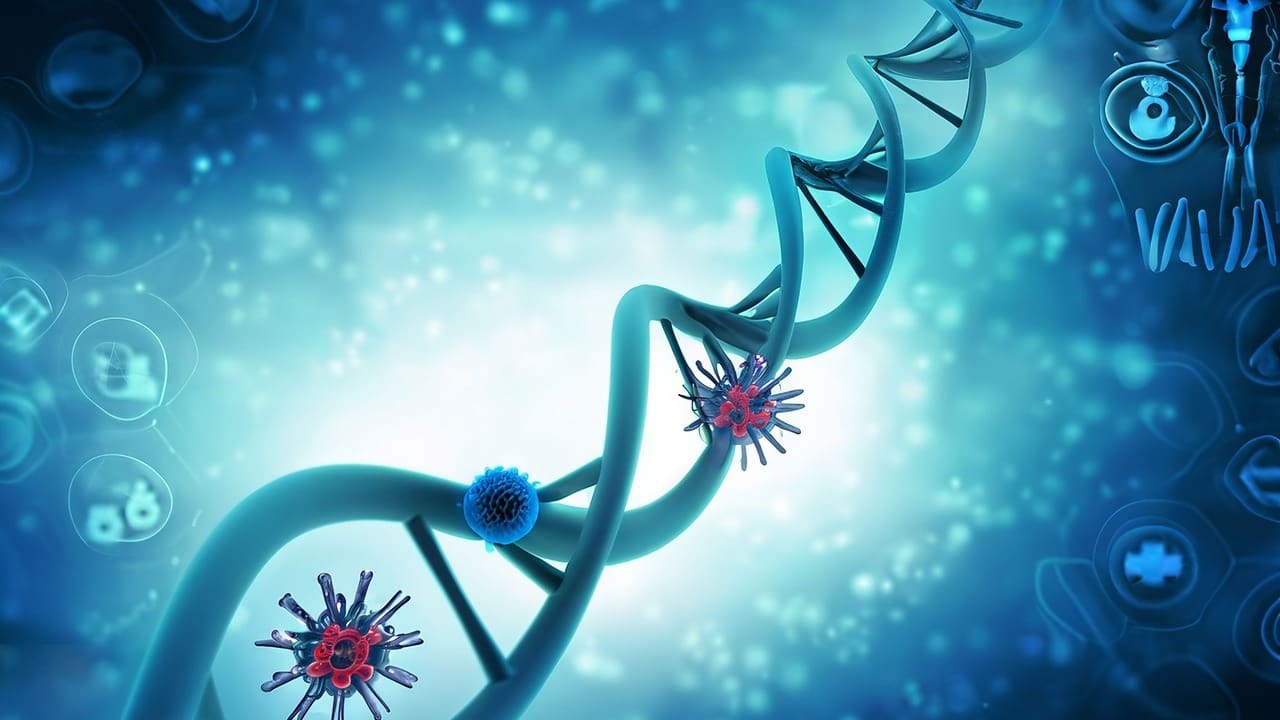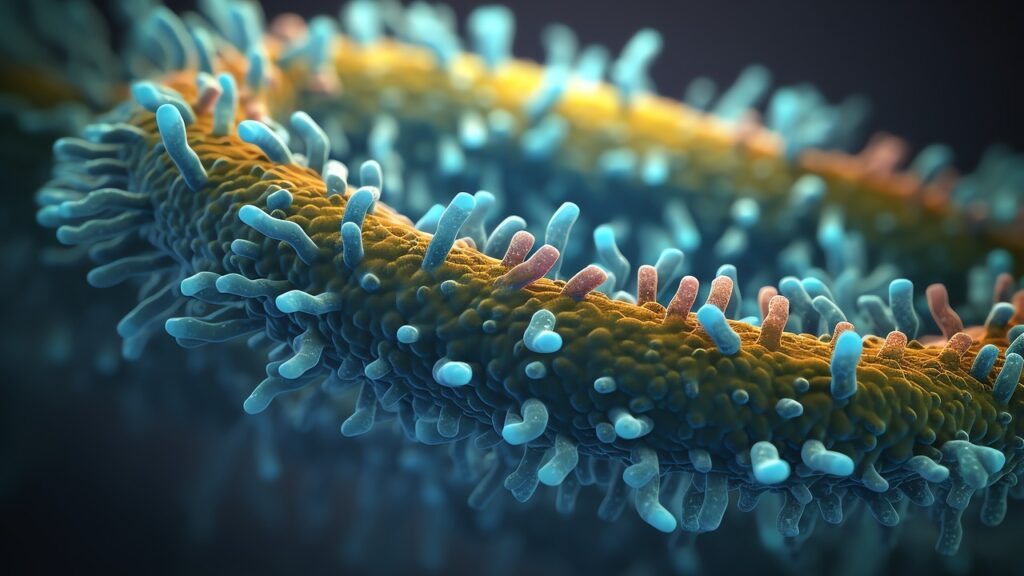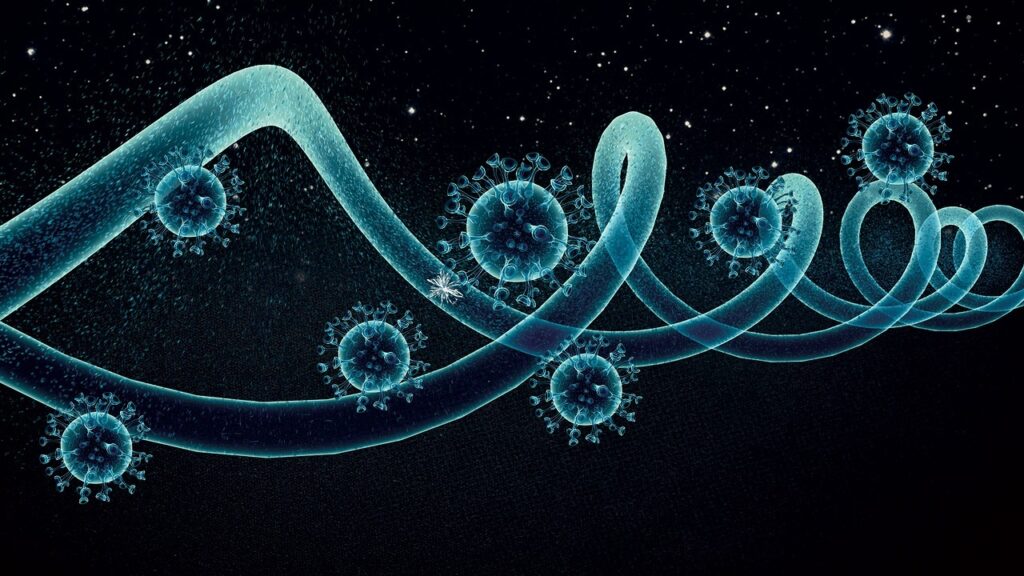
For patients needing a stem cell transplant but can’t find a perfect match, a haploidentical transplant is a good choice. This allogeneic transplant uses cells from a donor who is a 50% genetic match. This donor is often a parent, child, or sibling.
At Liv Hospital, we use the newest methods in haplo stem cell transplantation. We aim to give the best care to those looking for allo bmt treatments. Our team is committed to helping patients with advanced care.

Stem cell transplantation is about replacing damaged cells with healthy ones. It’s a key treatment for serious diseases.
Stem cells help the body fix and grow new tissues. In stem cell transplants, they replace the bone marrow. This lets the body make healthy blood cells again.
There are mainly two kinds of stem cell transplants: autologous and allogeneic. Autologous transplants use the patient’s own stem cells. These cells are taken, stored, and then put back after treatment.
Autologous transplants treat some cancers. They let doctors give strong chemotherapy. Then, the patient’s own stem cells are put back in.
Allogeneic transplants use stem cells from another person. This transplant counts on the donor’s immune system to fight the disease. This is called the graft-versus-tumor effect.
Knowing about stem cell transplants is key for patients and their families. It helps them understand their treatment options.

Haplo stem cell transplant offers hope to those needing a transplant but can’t find a perfect match. It uses a donor who shares half of the patient’s HLA markers, often a family member.
A haplo stem cell transplant uses a donor who shares half of the patient’s HLA markers. This is usually a family member. This partial match is key for finding donors when a full match is not available.
Haploidentical matching is based on understanding haplotypes and partial HLA matching. Haplotypes are genes inherited from one parent. In these transplants, the donor and recipient share one haplotype but may differ on the other.
Haplotypes are vital for the immune system, helping the body tell its cells from foreign substances. In stem cell transplants, matching haplotypes is key to lower the risk of GVHD.
Partial HLA matching means matching one HLA haplotype between donor and recipient. This allows for more donors, as family members who aren’t fully matched can donate.
Using haploidentical donors can greatly increase the number of available donors. This gives new hope to patients needing a stem cell transplant.
HLA markers are key in finding compatible donors for stem cell transplants. A 50% match is the goal. We’ll see how this works and its effects on transplants.
Human Leukocyte Antigens (HLA) are proteins on white blood cells and other tissues. They help the immune system tell self from foreign proteins.
In haploidentical transplants, a donor with half HLA markers is good. This 50% match is key for success. First-degree relatives like parents, siblings, or children usually share this match.
Genetics affect HLA matching in families. We get one set of HLA genes from each parent. This means siblings can share half their HLA markers. For more on sibling stem cell sharing, visit this link.
The testing checks HLA genes of donor and recipient for matching. It’s vital for finding good donors and predicting transplant success.
Understanding HLA matching and testing is complex. It helps us find the right donors and predict transplant outcomes. This improves the chances of success in these critical transplants.
Haploidentical stem cell transplants have changed the game in bone marrow transplants. They’ve made it easier to find donors for patients needing a transplant. This is a big deal because finding donors was always a challenge.
Finding a donor who’s a perfect match is hard. For people of European descent, the odds are about 30%. But for those from diverse backgrounds, it’s even tougher. This is because Human Leukocyte Antigens (HLA) are very complex and important for our immune systems.
Haploidentical transplants are a solution to the donor shortage. They let family members who aren’t a perfect match donate. This means parents, siblings, and kids can often be donors. It’s a big help for those who can’t find a perfect match elsewhere.
Minority and mixed-heritage patients face extra hurdles in finding donors. This is because there aren’t enough donors from their backgrounds. But, haploidentical transplants offer a quick and effective treatment option.
Haploidentical donors help fix the imbalance in transplant access. They’re a lifeline for non-Caucasian patients who usually have a harder time finding a match. By growing the donor pool, haplo transplants make sure everyone has a fair chance at life-saving transplants.
First-degree relatives, like parents, siblings, and children, are key in haploidentical stem cell donation. They are often eager and perfect donors because of their genetic ties.
Parents are always a half-match for their kids, making them possible haploidentical donors. This genetic connection is important. It means parents can donate even if they’re not a full match.
Both moms and dads can be donors. Studies show that outcomes might differ, but both are good options.
Siblings have a 50% chance of being a half-match for each other. This makes them good haploidentical donors. They offer hope for patients needing a transplant.
Children are also a half-match for their parents, making them donors. This family bond is key for patients without other donor options.
When looking at children as donors, their age and health matter a lot. We check these carefully to make sure donation is safe.
First-degree relatives are a valuable source of stem cells for transplants. Their genetic connection to the patient boosts the transplant’s success chances.
“The use of haploidentical donors has revolutionized the field of stem cell transplantation, giving new hope to patients with few options,” says a leading expert.
The world of stem cell transplants is changing fast. Haploidentical transplants are becoming more common worldwide. This is thanks to new medical tech and a better grasp of how the immune system works in transplants.
Haploidentical transplantation has been around for decades. But, big strides were made recently. Early attempts faced issues like graft-versus-host disease and slow immune recovery. Yet, new ways to suppress the immune system and better donor selection have greatly improved results.
In 2019, the US saw a big jump in haploidentical transplants. This number is close to that of transplants from genotypically matched siblings. This trend is also seen globally, with more allo BMT procedures happening, thanks to haplo transplants.
Haplo transplants are being adopted worldwide, but not equally. Some places, like certain European countries, have adopted this technology faster. This is due to their better healthcare systems and research funding.
In the last ten years, the number of haplo transplants has gone up steadily. This trend is likely to keep growing. More centers are getting better at haploidentical transplants, and new tech is coming out to improve results. “The rise of haploidentical transplants is a game-changer for patients who don’t have a matched donor,” says a leading expert in the field.
As we watch the trends in haplo transplants, it’s clear they’re here to stay. They will play a bigger role in treating blood disorders.
Recent studies have found that haploidentical transplants are as effective as fully matched ones. This is a big step forward in stem cell transplantation.
Clinical studies have looked into haploidentical transplants. They’ve shown promising results, with many patients seeing successful engraftment and better survival rates.
One of the most exciting findings is that one-year survival rates for haploidentical transplant patients are close to 80%. This is a remarkable achievement, given the past challenges with these transplants.
Several factors can affect how well a haploidentical transplant works. It’s important to understand these to improve patient outcomes.
The patient’s age and health are key to transplant success. Younger patients with fewer health issues tend to do better.
The type and stage of the disease also matter. Patients with earlier-stage disease tend to have better survival rates.
By understanding these factors and improving medical technology, we can make haploidentical transplants even more effective for patients.
We guide our patients through the haplo stem cell transplant procedure with care. This complex process includes several key steps. These range from the initial evaluation to post-transplant care.
The first step is a thorough pre-transplant evaluation. This checks the patient’s health, medical history, and donor compatibility.
Next, patients prepare with conditioning regimens. This may include chemotherapy and/or radiation. It helps get the body ready for the transplant by killing cancer cells and weakening the immune system.
The stem cell collection is a vital part of the procedure. There are two main methods for collecting stem cells:
Bone marrow harvest takes stem cells directly from the donor’s bone marrow, usually from the hip. Peripheral blood collection collects stem cells from the bloodstream after using medications to mobilize them. The choice depends on the patient’s needs.
After collecting the stem cells, they are infused into the patient’s bloodstream. There, they go to the bone marrow and start making new blood cells. This is called engraftment.
After the transplant, patients need close monitoring. They watch for signs of engraftment, graft-versus-host disease (GVHD), and other complications. Post-transplant care includes regular check-ups, managing medications, and supporting care for side effects.
Understanding the haplo stem cell transplant procedure helps patients navigate their treatment journey with confidence and clarity.
Haploidentical stem cell transplants save lives but face unique challenges. It’s key to manage these issues well to improve patient care.
Graft-versus-host disease (GVHD) is a big problem in haplo transplants. It happens when the donor’s immune cells attack the recipient’s body. This can cause mild to severe symptoms.
To prevent GVHD, doctors use post-transplant cyclophosphamide. It helps a lot. They also manage the patient’s immune system carefully.
If GVHD happens, treatment depends on how bad it is. Prompt treatment with steroids and other drugs is often needed.
Haplo transplant patients face high infection risks. This is because their immune system is weakened. Close monitoring and preventive antibiotics are key.
Infections are a big worry early on. So, doctors use broad antibiotics and watch for infection signs closely.
Patients need long-term care after haplo transplants. They should watch for late transplant effects like cancer and organ problems.
Regular check-ups help doctors catch and treat problems early. This improves patients’ long-term health and happiness.
Recent advancements in haploidentical stem cell transplantation have greatly improved patient outcomes. We are seeing a big change in the field of hematopoietic stem cell transplantation. This change is thanks to new approaches that make haplo transplants more effective and safe.
One big innovation is the use of post-transplant cyclophosphamide (PTCy). This method has greatly lowered the risk of severe acute and chronic graft-versus-host disease (GVHD). PTCy has become a key part of haplo transplant protocols, leading to better survival rates and quality of life for patients.
T-cell depletion techniques have also improved, helping to prevent GVHD. These methods remove or modify T-cells from the donor graft to lower the risk of immune reactions against the recipient. Advanced T-cell depletion methods are being explored to prevent GVHD while keeping the graft-versus-leukemia effect.
New immunosuppressive strategies are being developed to further improve haplo transplant outcomes. These include:
A recent study found that using PTCy greatly reduced GVHD rates, as shown in the table below:
| Treatment Approach | GVHD Rate |
|---|---|
| Post-Transplant Cyclophosphamide | 20% |
| Traditional Immunosuppression | 40% |
Dr. Smith, a leading researcher, noted,
“The introduction of post-transplant cyclophosphamide has been a game-changer in haploidentical transplantation, significantly reducing GVHD and improving patient outcomes.”
These innovations are changing the landscape of haploidentical stem cell transplantation. They offer new hope to patients who had few treatment options before. As research keeps advancing, we can expect even more improvements in haplo transplant outcomes.
It’s important for patients to know the terms used in bone marrow transplantation. This treatment replaces a patient’s bone marrow with healthy stem cells. It’s a lifesaver for those with certain cancers, blood disorders, or immune system diseases.
BMT means transplanting healthy stem cells into a patient’s bone marrow. This can be from the patient themselves (autologous transplant) or a donor (allogeneic transplant). BMT is a complex procedure that needs a good match between donor and recipient to avoid problems.
PBSCT, or Peripheral Blood Stem Cell Transplant, collects stem cells from the donor’s blood. It’s more common now because it’s less invasive and has a quicker recovery for donors.
Allogeneic and autologous refer to where the stem cells come from. Allogeneic uses a donor’s cells, while autologous uses the patient’s own. The choice depends on the patient’s condition, disease, and donor availability.
Donors for allogeneic transplants can be related or unrelated. The selection criteria focus on matching Human Leukocyte Antigens (HLA) to lower graft-versus-host disease (GVHD) risk. Important factors include:
Haploidentical transplantation is changing the game in bone marrow transplants, giving patients new hope. Studies show great success, with 3-year survival rates hitting 80.5% in some cases. This is thanks to a study published on Nature.
This breakthrough is opening up new possibilities for more patients. It’s making it easier to find a donor match. This is a big deal for those in need of a transplant.
The future of haploidentical transplantation is bright, with new ways to make transplants safer and more effective. Techniques like post-transplant cyclophosphamide and T-cell depletion are making a big difference. As research keeps moving forward, we can look forward to even better results for patients.
Haploidentical transplantation is becoming more common worldwide. It’s a key solution to the problem of finding enough donors. We’re dedicated to top-notch healthcare for all, and this technology is a big part of that mission.
A haplo stem cell transplant is a type of transplant. It uses stem cells from a donor who is a half-match to the patient. This donor is usually a first-degree relative.
Haploidentical donors share half of their HLA markers with the patient. Fully matched donors share all of their HLA markers. Haploidentical donors are often first-degree relatives, like parents, siblings, or children.
Haplo transplants offer hope to patients who can’t find a fully matched donor. This is true for those from minority or mixed-heritage backgrounds.
Haplo transplants increase the chances of finding a donor for patients from diverse backgrounds. This expands the donor pool.
HLA markers are proteins on white blood cells. They help the immune system tell self-cells from foreign cells. Haploidentical donors share half of their HLA markers with the patient.
Complications include graft-versus-host disease and infection risks. Patients also need long-term follow-up.
New methods like post-transplant cyclophosphamide and T-cell depletion have helped. So have novel immunosuppressive strategies.
Allogeneic transplants use stem cells from a donor. Autologous transplants use the patient’s own stem cells.
PBSCT stands for Peripheral Blood Stem Cell Transplant. It’s a type of transplant where stem cells are collected from the donor’s peripheral blood.
BMT stands for Bone Marrow Transplantation. It’s a procedure that replaces a patient’s bone marrow with healthy stem cells.
Haploidentical transplantation has expanded the donor pool. This has improved treatment options for patients needing a stem cell transplant.
Subscribe to our e-newsletter to stay informed about the latest innovations in the world of health and exclusive offers!
WhatsApp us